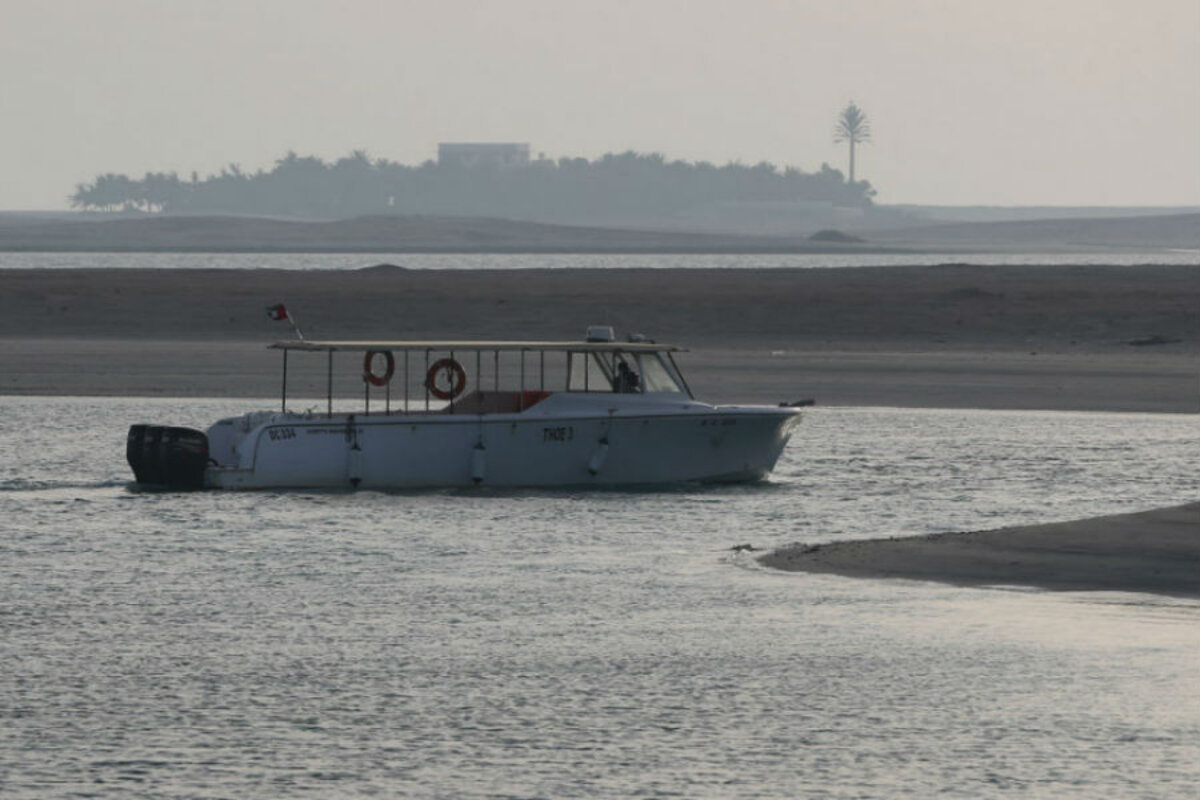Making it rain: testing cloud seeding techniques
Loading...
The United Arab Emirates has recently started experimenting with cloud seeding as an approach to solving water insecurity.
Cloud seeding might sound like something straight out of science fiction, but people have been tinkering with this technology for decades. The science relies on creating something called cloud condensation nuclei; Dr. Deon Terblanche of the World Meteorological Organization that “all science-based rainfall enhancement techniques are based on the formation of water vapor into either cloud droplets or ice crystals, and this process is dependent on nuclei (small particles) in the air.”
Small aircraft fly into promising cloud areas and shoot small flares of chemical compounds into the clouds. These compounds encourage the condensation of water into droplets or ice crystals that will eventually become precipitation.
Since 2010, UAE government meteorologists have been carrying out increasing numbers of experimental cloud seeding missions; in 2016 there have been almost 100 flights, as well as record rainfall and a series of large desert rainstorms. Potassium chloride and sodium chloride are the main ionic compounds used—unlike typical cloud seeding chemicals, whose dangers and health effects are up for debate, the government says that it is using simple salts to great effect.
On March 9, an area from Al Ain to Dubai experienced a record-breaking storm that left 287 millimeters of rain—the highest amount of precipitation ever recorded in the nation’s 44-year history. In the month of April, Abu Dhabi had 136 millimeters of rainfall; government meteorologist Sufian Farrah, “this amount usually would not even be recorded in one year.” While it’s not entirely clear how much of this is due to cloud seeding, meteorologists are optimistic as the UAE is having its wettest year ever.
The issue of water insecurity has special significance for the UAE, where natural fresh water reserves are expected to run out within 50 years. Annual rainfall rarely reaches 120 millimeters, but the extreme heat means that people consume water at a rate over three times the global average—about 145 gallons per person per day. Aquifer stocks are decreasing by 0.5 centimeters per year, and this rate is expected to increase as populations grow.
In the past, the UAE has relied on seawater desalination for much of its public water use. This practice has a large ecological footprint, however, using huge amounts of energy and public funds—and many experts desalination as a last resort. Heavy desalination is already increasing salinity in the Arabian Gulf and taking a toll on marine biodiversity.
But cloud seeding is controversial and at the crux of countless . Because scientists have not yet been able to standardize the effects of cloud seeding, it is possible that severe storms or flooding can occur unintentionally.
The primary objections, though, have to do with the chemicals involved in the process. Silver iodide, the most common compound used, can be toxic in extremely high doses. The Weather Modification Association has released an on silver iodide: “The published scientific literature clearly shows no environmentally harmful effects arising from cloud seeding with silver iodide aerosols have been observed; nor would they be expected to occur. Based on this work, the WMA finds that silver iodide is environmentally safe as it is currently being dispensed during cloud seeding programs.”
According to the in Abu Dhabi, “studies have indicated that rainfall enhancement via cloud seeding can increase rainfall between 5 percent to 20 percent.” In combination with other tactics for cutting water use, and more water efficient desert farming practices, cloud seeding could be an important part of a larger fight for water security.
Potential impacts on agricultural production, health, groundwater aquifers, lifestyle changes, ecosystems, and regional weather patterns remain to be seen. Recently, the government commissioned the U.S. National Center for Atmospheric Research to study another possible approach: harnessing by building an artificial mountain.
This article first appeared at .




